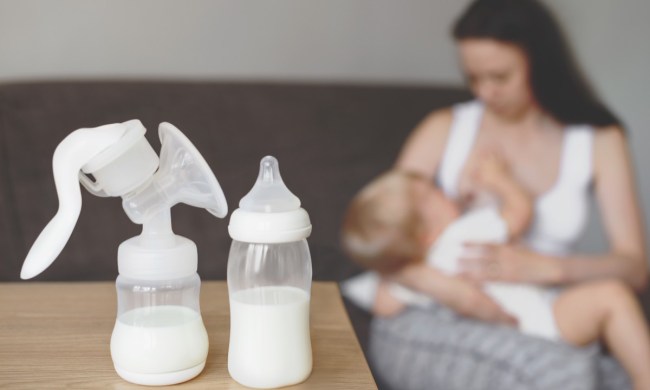
Have you noticed there’s a specific month when everyone in your child’s class has a birthday? Notice months that no one seems to have a birthday at all? There’s a reason for that, and it has to do with the timing of the holidays. The most common birthday month that will keep you baking treats for your children’s friends and have you constantly running from birthday party to birthday party is at the start of the school year for a reason.
Every child seems to be born in this month
No secret to September
Yes, September has the most common birthday dates. Why? Well, do the math backward, and where does that land you? During the holidays! And what do we do during the holidays?
Between the parties, gatherings, the holiday spirit — and perhaps the holiday drinks — we are in better moods, which leads to more adults enjoying each other’s company. Plus, it’s cold outside and we stay indoors longer. Track those nine months, and September is where the babies land.
The most common birthdays in order
- September 9, 19, 12, 17, 10
It’s interesting to see the most common birthday days are all close together without any outliers.
The lonely birthdays
Going the other way, some months let parents take a break from keeping up with party invites.
February doesn’t get the love
February might be the month of love, but the smallest number of birthdays happen during the shortest month of the year. When you backtrack nine months, it’s also when people are outside more than they are inside anyway. If you have a February baby, chances are they won’t meet their birthday buddy anytime soon.
Least common birthday days
- Christmas Day, New Year’s Day, Christmas Eve, July 4th (in that order)
Not that you would want your birthday on Christmas (your presents always get lumped together), but finding a special day during the busiest season to celebrate could be tricky.
Since we know it’s nine months after most of these holidays when the babies drop, it’s not surprising that those dates see the fewest birthdays. The least popular, and the least wanted birthdays are on the holidays.

The busiest month
The most popular birthdays are all in September, but what about the month that has the most births overall? Like tax season and the holiday season, the CDC tracks the busiest months for what we could call baby season.
Baby season
- July through October
- August sees the most births
Steer clear of the delivery ward during August. In 2021, Leos came in droves, with 329,978 born during the month. Since 2019, only July beat out August for total births, which happened in 2020.
Though it’s common to find a birthday twin, your chances are greater if you have a birthday in certain months. But if your birthday is in September, you’re either in great company, or fighting to remember all of the cards you need to send out, thanks to the happiness of the holidays.
Go check where the birthdays of your children, friends, and family members fall and see if their birthdays are some of the most — or least — popular on the calendar.



